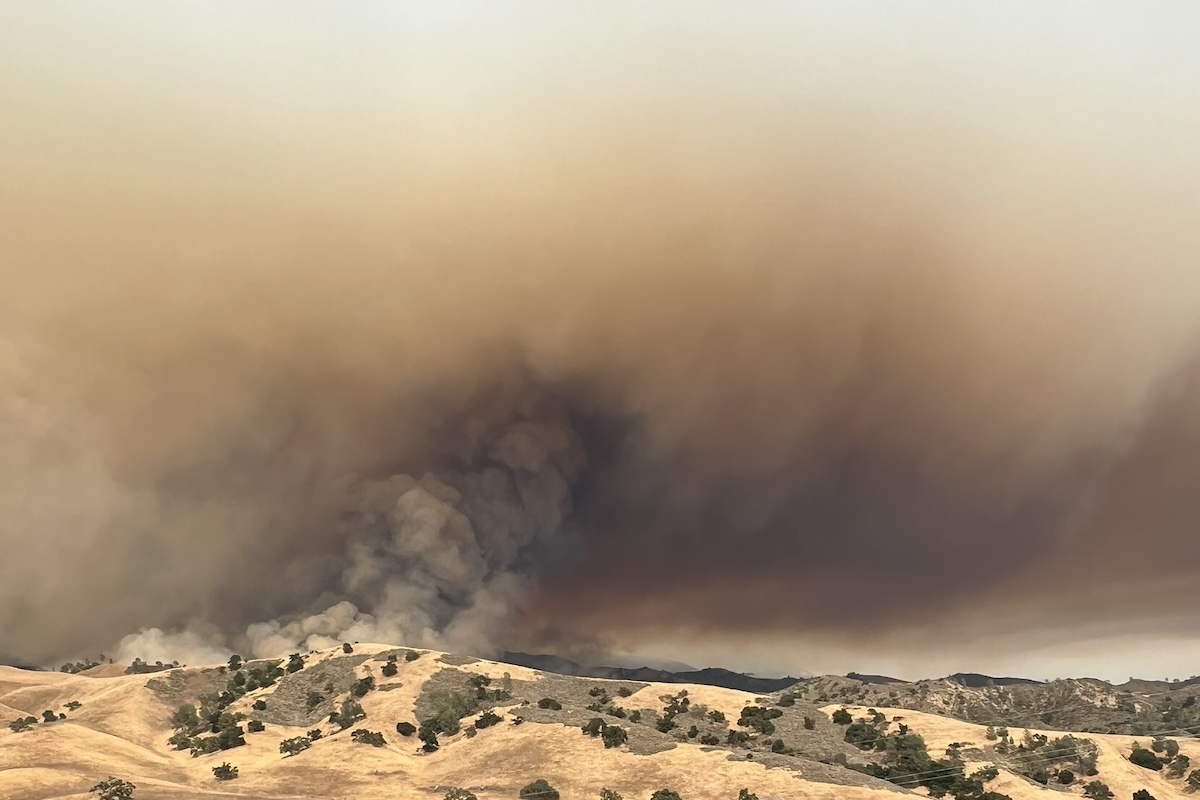Study Reveals Link Between Wildfire Smoke and Dementia
More than 1.2 Million Southern California Residents Part of Decade-Long Study

This article was underwritten in part by the Mickey Flacks Journalism Fund for Social Justice, a proud, innovative supporter of local news. To make a contribution go to sbcan.org/journalism_fund.
A decade-long study of more than 1.2 million Southern California residents reveals a strong correlation between the presence of wildfire smoke and dementia diagnoses later in life. In light of high fire season and the impending threats of climate change, Californians are urged to take precautionary measures when wildfire smoke creeps in.
Researchers focused on a type of air pollution called fine particulate matter, or PM2.5, emitted from wildfire smoke, vehicles, and factories. While previous research has hinted at a link between PM2.5 and dementia, the new study — presented on July 29 at the Alzheimer’s Association International Conference — revealed that wildfire smoke is a much larger concern than all other PM2.5 emitters.
When faced with the same increase of PM2.5 in the air, there is a 21 percent increase in the odds of a dementia diagnosis when the PM2.5 comes from wildfire smoke. There is only a 3 percent increase from the same concentration of non-wildfire-related PM2.5.
“Studies like this emphasize the importance of … taking proactive measures,” said Aeron Arlin Genet, executive director of Santa Barbara’s Air Pollution Control District (APCD). “We encourage everyone to pay attention to the conditions around them.”
Last month, Santa Barbara County remained under an Air Quality Watch for 13 days while the Lake Fire was blazing. Los Olivos and the Santa Ynez Valley region were upgraded to an Air Quality Alert for seven of them. During these warnings, Air Quality Indexes (AQI) reported being unhealthy for sensitive groups in certain areas, including older adults, children, and those with heart or lung diseases.
“Dependent on meteorological conditions, smoke from wildfires that occur hundreds of miles away can impact local air quality conditions,” added Arlin Genet.
When faced with a potentially harmful AQI, researchers and the APCD encourage affected groups to stay inside and wear fitted N-95 masks if going outside is necessary. The APCD also emphasizes the importance of creating a “clean air room” during smoky events.










